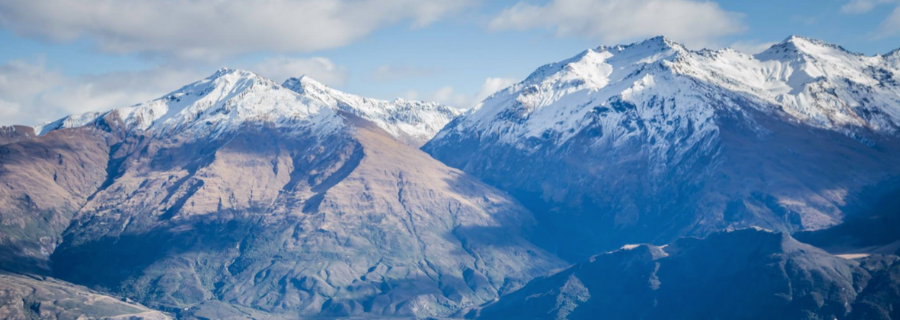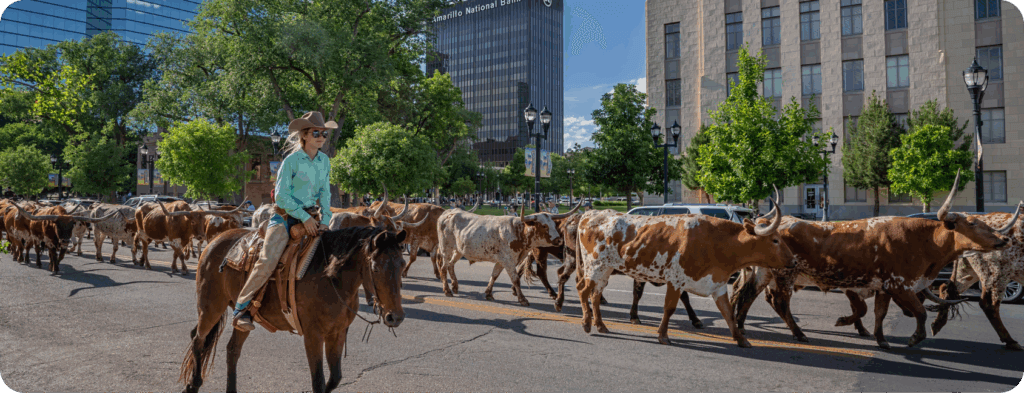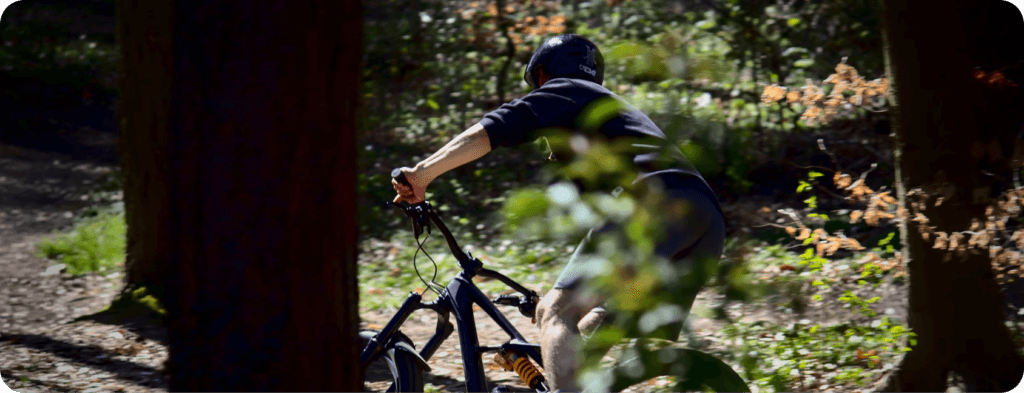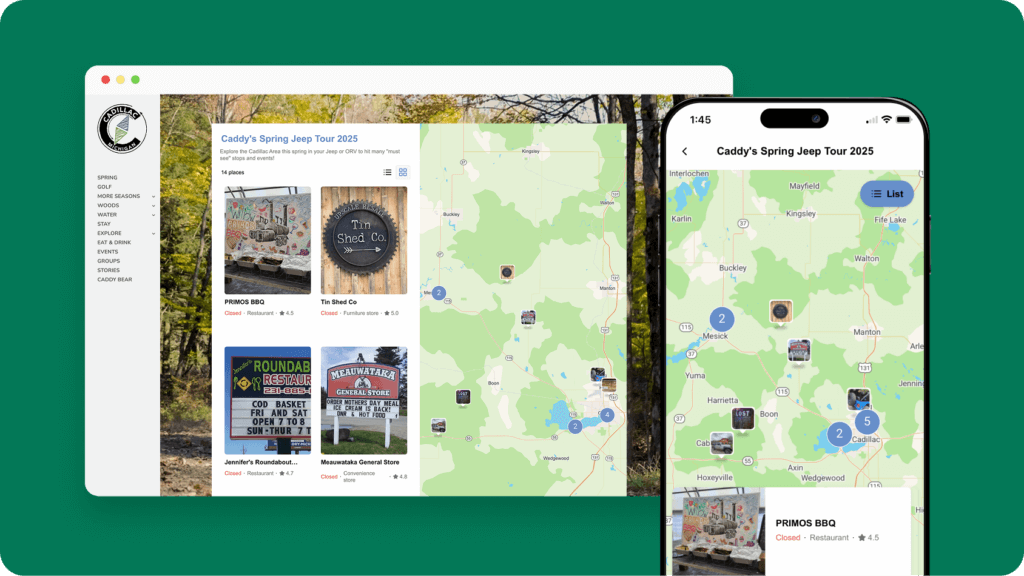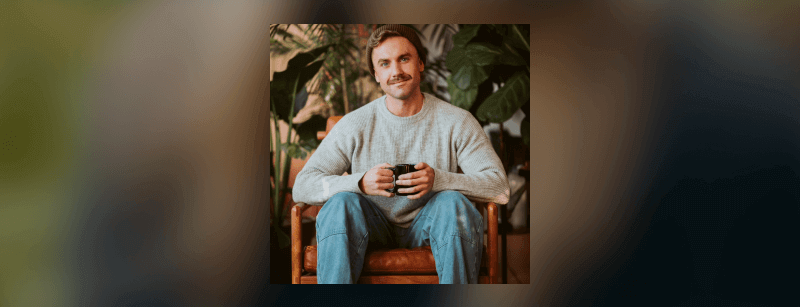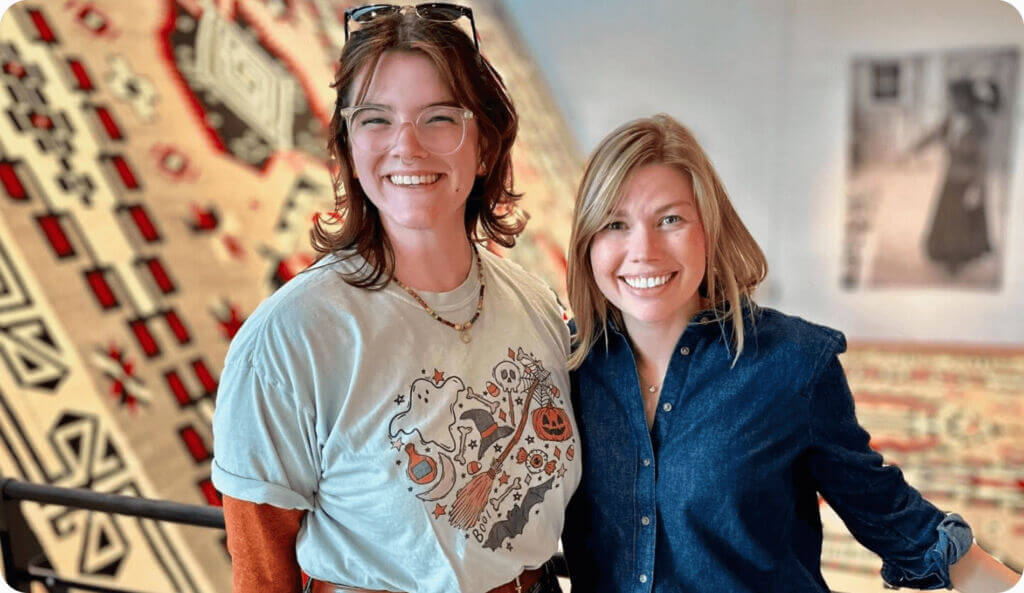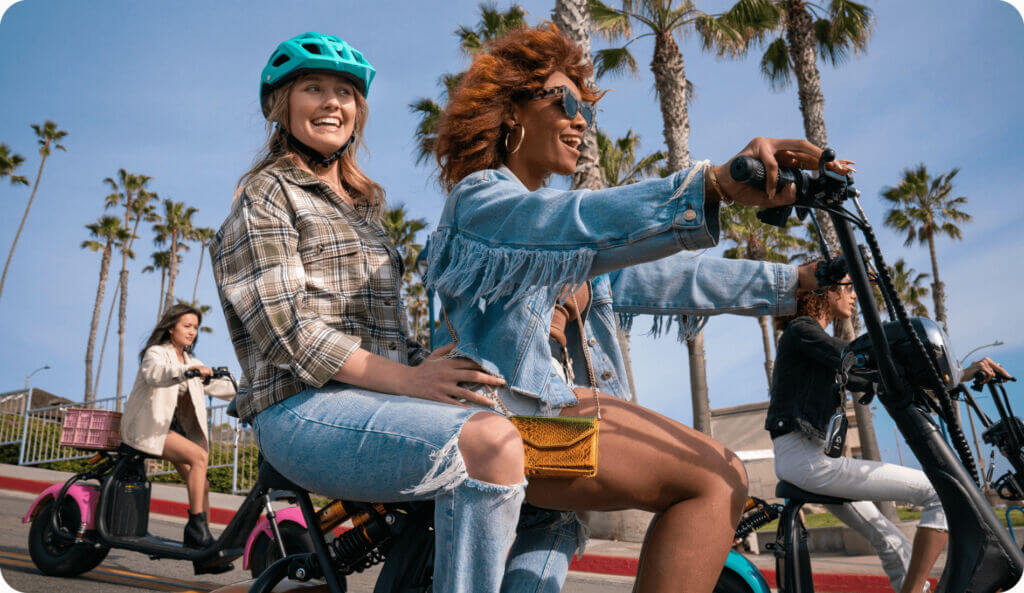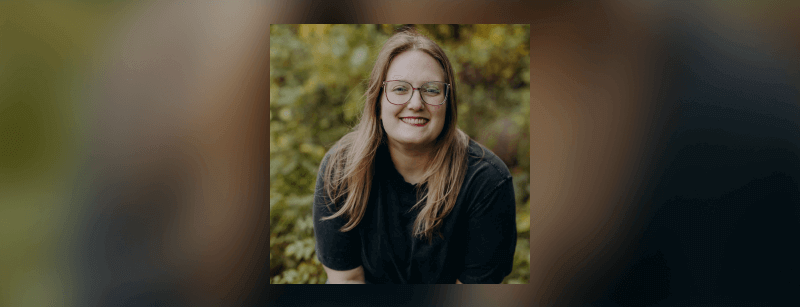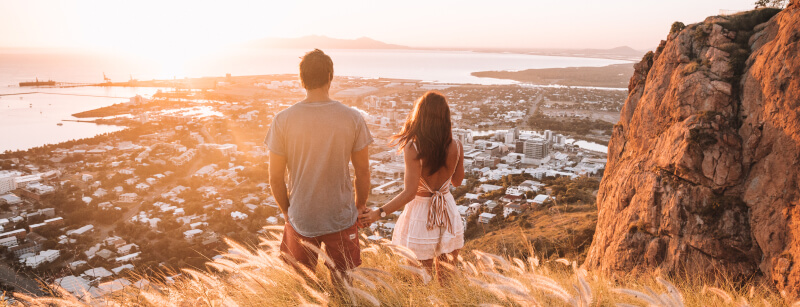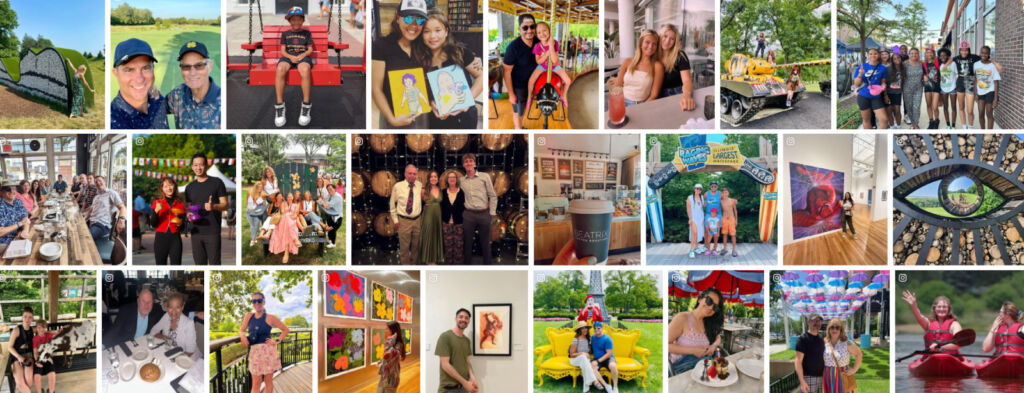One region that is worth keeping on eye on to understand where the world may be heading when it comes to tourism recovery is in New Zealand. As the number of new cases has now dropped to zero and the country is lifting restrictions, there is cautious optimism that tourism (at least local and regional tourism) can begin to open up across the country.
Last week, I had the opportunity to speak with the marketing team at Lake Wanaka Tourism, the Regional Tourism Organization for Lake Wanaka. Lake Wanaka is a scenic township in New Zealand, popular to visitors from around the world and a favorite Alpine destination for many Kiwi's especially those from the North.
Among many things, we discussed:
- How Lake Wanaka Tourism built new connections with locals;
- How they are preparing for the next stage of recovery and regional tourism; and
- How CrowdRiff galleries drove the highest engagement on their website, and many in fact increased in engagement while the rest of their site decreased.
As you are thinking through your own tourism sustainability plan, and future recovery plan, here are a couple of lessons you can learn from Lake Wanaka Tourism.
How did Lake Wanaka first respond to COVID-19?
Like many destinations in March of 2020, when the world started to shut down travel to mitigate the COVID-19 pandemic, Lake Wanaka Tourism turned off their tourism marketing and turned their attention to locals.
At first, the objective was to ensure that they served as a source of truth to their audience. Whether it was locals, partners, or visitors, they wanted to ensure that their website and social channels were a place to find the facts you needed to know to get ready for the lock down. Gizelle Regan, the Media & Campaign Manager at Lake Wanaka Tourism said:
“We wanted everyone, visitors and community alike, to be able to come to our channels and get relevant information.”
Whether it was using Facebook and Instagram to amplify local closure announcements, tips on social distancing, or keeping their website up-to-date with the FAQs of current public health advisories, Lake Wanaka Tourism wanted to ensure that they were a source of truth.
Over time, their role as destination marketers shifted to build local connections, humanizing the conversation, and inspiring hope. Their Marketing Executive in charge of social media, Jessie Byrne, said that Instagram was integral to sustaining traffic and awareness. While some of their Facebook traffic was down, Instagram engagement grew.
“We’ve never seen engagement like we did in that month. I think people just wanted to escape some of the constant COVID-19 content on their feed and to get something that was a little bit more refreshing and reflected on times where we could travel.”
They were able to keep a steady flow of captivating content on their Instagram. Partly from partnerships with local photographers, and the rest through obtaining the rights to UGC on Instagram.
While using professional photography was really impactful in the first phase of the lockdown, they have since started to focus more on user-generated content as well
“We recently jumped back over to UGC and we're getting so many UGC photos through CrowdRiff that are reflecting on the past. They are almost like #tbt posts and about ‘wanting to go back here again’ or ‘I miss this place.’
How did COVID-19 affect Lake Wanaka’s website?
In the immediate aftermath of COVID-19, Lake Wanaka’s pageviews, goals, and events were all down 62%. As expected, website visitors weren’t there looking to plan or book trips.
“But when I looked at our website, CrowdRiff galleries were down only 15% from before COVID-19, so there was about 4x better engagement than other parts of the website”.
In fact, some of their galleries were performing even better than the same month one year ago. Their Top 10 Things to Do Gallery performed 134% better than one year ago, and their #LoveWanaka page was up 14%.

Tess Hellebrekers, Visit Lake Wanaka Tourism’s Online Executive explained their strategy a bit more.
“I try to add CTAs to every photo to send visitors to other pages on our site or our partner sites. Given the traffic decrease, the performance on some of these CTAs was down by 47%, but this is still way less than the 62% average of our other goals.”
A few reasons their galleries were performing better than other parts of their website was how often they have been updating their content, and the images they choose to include in the galleries.
Tess tries to update the galleries every 2-3 days to keep the content fresh for recurring visitors, but also relevant to the goal of the page at the time.
Sometimes, they wanted to promote what they called “hero images” to showcase inspirational content like beautiful landscapes to inspire travel. Other times, they wanted “actionable images” to promote specific activities or attractions like food pictures, paddle boarding, and more.

How does Lake Wanaka balance local and international audiences in their social media?
This is a key challenge that many DMOs are facing. Perhaps for the first time in a substantial way, DMOs and tourism organizations are looking closer to home and their local community has become their core audience. Jessie definitely had to deal with this balance in their social media campaigns:
“I think at first it was tricky, particularly on Facebook, because our messages were all of a sudden so tailored to a New Zealand domestic audience. We kind of found the sweet spot on Instagram by sharing local stories that people knew and recognized, but sharing beautiful photos along with it that an international audience who maybe didn't know that story or didn't know that place would also engage with.”
As Lake Wanaka is starting to re-open alongside the rest of New Zealand, they’re turning their focus to a message of how to support the local community. This is not only helping increase engagement and followers from locals, but Jessie has found that it is also still relevant to their international audience.
“This resonates with people around the world because they're experiencing that same kind of situation wherever they are.”
What will Lake Wanaka focus on in the early stages of recovery?
While New Zealand is ahead of the curve in many ways, they are still expecting a very slow transition back to normal tourism numbers, especially from international travel.
“We’re not going to have international tourism back here for quite some time. So we’ll need to rely on the community to support our businesses for the ongoing future. I think that's a strategy that we've never really looked at in the past: ‘backyard tourism.’ We've got a community here that want and can support some of our businesses in the short-term – which right now is critical.”
– Gizelle Regan, Media & Campaign Manager
While there are many initiatives they will look at to engage their local community, it is still a town of only 7,000 people. However “across the hill” is Queenstown, a larger town, which presents an opportunity for collaboration.
Moving forward, Lake Wanaka Tourism will be working much more closely with the Queenstown Regional Tourism Organization to encourage more inter-regional travel. While they have worked together before, they have never done so in a way to promote inter-regional travel, or travel between their destinations. Gizelle described this partnership a bit more:
“The concept we’re working on at the moment is “Flatten the Hill” (a play on “Flatten the Curve”) to encourage people to look into their own backyard and see what’s on the other side.”
The current state of travel has required Regional Travel Organizations across the country, not only in Lake Wanaka, to revisit their core purpose.
Tourism New Zealand, as the national RTO, is doing a lot of the heavy lifting to inspire behavioral change. That is, focusing on New Zealanders and trying to shift their mindset from going abroad for experiences to staying domestic. The core message being: What’s on your bucket list? You can do that in New Zealand!
Meanwhile, local RTOs like Lake Wanaka Tourism need to focus on their “why,” the thing that makes them unique within the context of New Zealand. All RTOs agree that they want to avoid becoming a commodity, so they need to focus on the core attributes that their destination offers that others don’t.
For Lake Wanaka Tourism, this is the experience you get in the mountains, the food, and a destination for events like weddings. In fact, this is reflected in their online visuals, where you’ll see each of these themes are covered on all of their galleries, including their homepage.

Do you have any tips for other CrowdRiff users?
- When sourcing images, always ask yourself “Would I want to see this in my feed?” If there isn’t a wow factor, don’t even bother requesting the rights.
- Micro-analyze your message, especially right now. Look at a message from every angle. How could this be perceived by different people, from different contexts? Adapt the caption in your rights request. Make sure that it is “something to show that you’re not just hitting them up for a photo goes a long way.”
- On the website, we have two distinct categories of photos we use: (1) “Hero images” to inspire our audience and get them dreaming about a trip; and (2) “Helpful images” that provide clarity on what you can do in Lake Wanaka with CTAs to bring them to the next step of their journey.
- Make sure your core themes are represented in your galleries. For Lake Wanaka Tourism, this means food, mountains, weddings, outdoor activities, and you can see the marketing team come back to these themes across all their galleries, and their social media.
